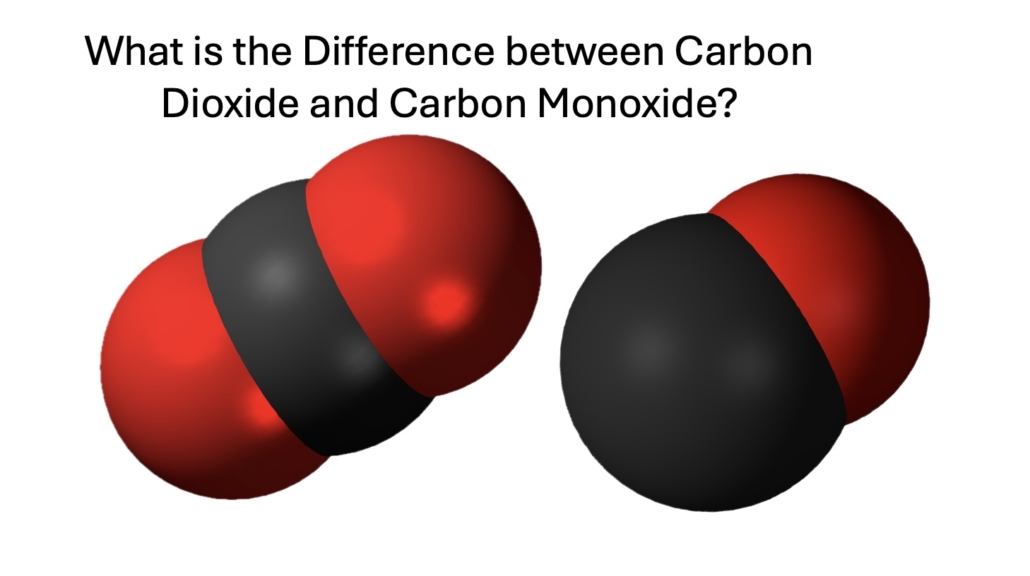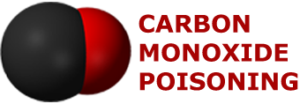What is the difference between CO2 and CO?
The difference between carbon dioxide and carbon monoxide was discussed in our video blog conversation between Brain Injury Law Group lawyers, Gordon Johnson and Griffith Winthrop.

What is the difference between carbon dioxide and carbon monoxide? CO is missing an oxygen atom, as a result of incomplete combustion and is one of the deadliest substances to all life.
Gordon Johnson: So one of the reasons we’re going to do these video podcasts is we know that in today’s world, so much of the search on the internet has to do with people looking for answers to questions. And this webpage, carbonmonoxide.com has been around for about ten years and its predecessor carbonmonoxide-poisoning.com has been around for another decade. So it’s been nearly 20 years that I’ve been writing about carbon monoxide. In addition I have been writing about brain injury online for almost 30 years now. See http://tbilaw.com
But search is becoming much more specific. AI is guiding search results. So one of the things we want to address more is Frequently Asked Questions. But in doing so, we want to also give more complex answers to these questions than the one sentence AI might generate. So and ultimately, we will probably publish this as a series of videos, maybe one larger one every week or two, and then cut up the videos into specific FAQ’s.
But I had a question for you to ask me. Before we started. And let’s let’s see if we can take on that question.
What is the difference Carbon Dioxide and Carbon Monoxide?
Griff Winthrop: Well, why don’t we lead up to it? Gordon, it’s a little bit of a chemistry lesson, so it’s a great question. It’s one that comes up frequently, even with professionals who get these two molecules mixed up.
Gordon Johnson: But one of the confusions in these cases is that people tend to use CO2 and CO, carbon dioxide and carbon monoxide, interchangeably. And these two molecules are not only not interchangeable, they are dynamically different in terms of how deadly they are and what role they play in the cycle of life.[1][2]
Griff Winthrop: So carbon dioxide is harmless and carbon monoxide so deadly.
Gordon Johnson: Starting with the chemistry carbon dioxide is the byproduct of clean combustion, meaning an oxidizing chemical reaction, which we usually think of as fire. Carbon Dioxide, CO2, is the carbon byproduct that plants then take out of the atmosphere and turn into the carbon based plant products that we eat, that all life uses for fuel.
Carbon monoxide is an aberrant molecule that generally shouldn’t exist in nature and exists because some type of burning process, is incomplete. In engineering terms, when we are talking about fire, we use the term combustion. Incomplete combustion is when there is not enough oxygen available to the flame to create the CO2–two oxygen atoms and combine with one Carbon atom. If there is not enough oxygen, you just CO.
CO is dangerous for a couple of reasons.
One, it is a poisonous chemical molecule that the body recognizes as being poisonous, and begins the immunes systems battle to protect itself from it. [3]
Two, CO is chemically similar enough to the O2 oxygen molecule that the lungs and the blood system think they’re passing oxygen. But carbon monoxide is actually far more likely to adhere to the hemoglobin in your blood and thus takes the place of oxygen. When the blood grabs CO instead of oxygen, the result is the asphyxiation of the cells.
Carbon Monoxide Triggers a Prolonged Attack on the Brain Cells
This process of strangling the cells for oxygen sets off an inflammatory and immunological response that really creates not just an acute toxicological emergency, but can create an internal warfare between the brain cells and the bloodstream that can go on for weeks and leave permanent damage.
For more, see our page on Delayed Neurological Sequalae, or DNS
[1] https://youtu.be/Qwn-pGoOt1k?si=K4hmme7TwfsArGBE
[2] https://www.cdc.gov/carbon-monoxide/about/index.html
[3] See the CPSC’s comprehensive statement on carbon monoxide risks (formerly contained on the CPSC.gov which has been taken down and which we are hosting here:) https://carbonmonoxide.com/wp-content/uploads/2025/08/Proposed_Rule_Safety_Standard_for_Portable_Generators_October_5_2016.pdf page 9: Description of Hazard Carbon monoxide is a colorless, odorless, poisonous gas formed during incompletecombustion of fossil fuels, such as the fuels used in engines that power portable generators. The initial effects of CO poisoning result primarily from oxygen deprivation (hypoxia) due to compromised uptake, transport, and delivery of oxygen to cells. Carbon monoxide has a 250-fold higher affinity for hemoglobin than does oxygen. Thus, inhaled CO rapidly enters thebloodstream and effectively displaces oxygen from red blood cells, resulting in the formation ofcarboxyhemoglobin (COHb) The heart, brain, and exercising muscle are the tissues with the highest oxygen requirements; consequently, they are most sensitive to CO-induced hypoxia. The CO-induced hypoxia is reflected in the non-specific, flu-like symptoms of mild CO poisoning and early symptoms of severe poisoning, e.g., headache, lightheadedness, nausea, and fatigue.
